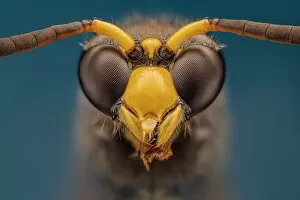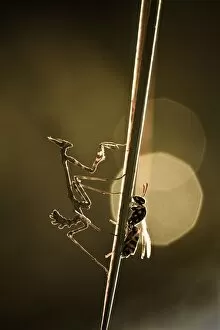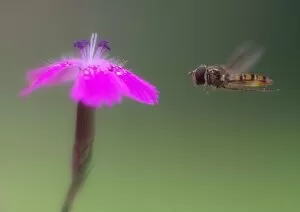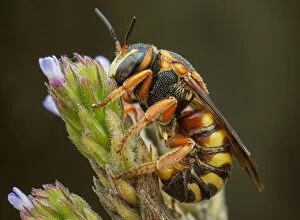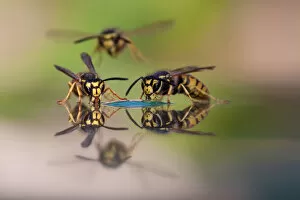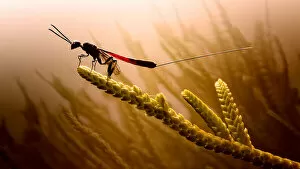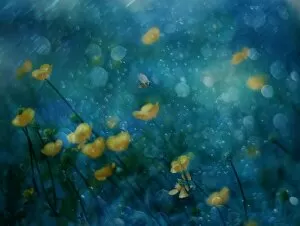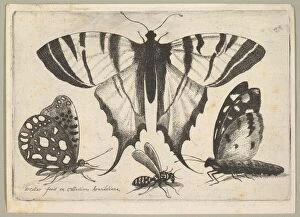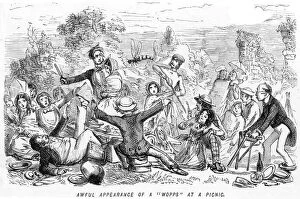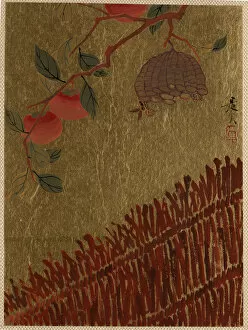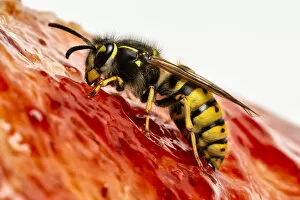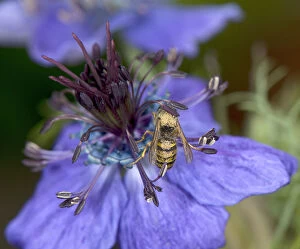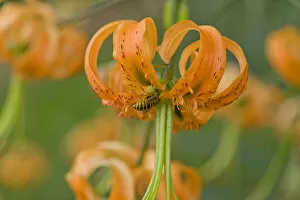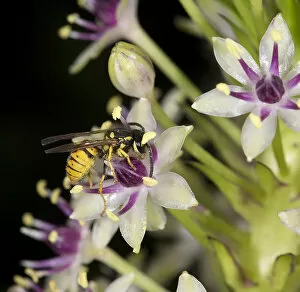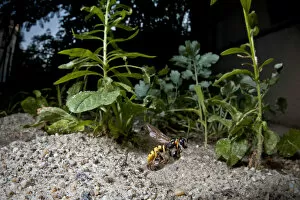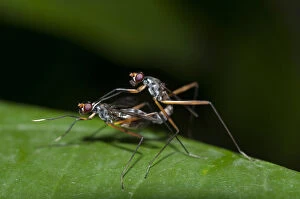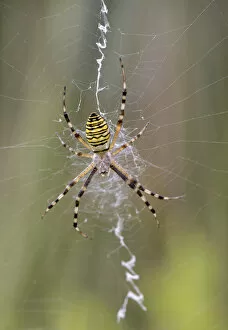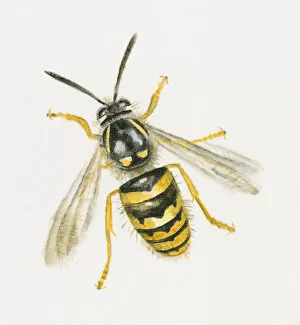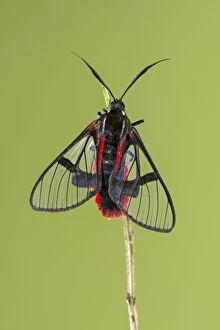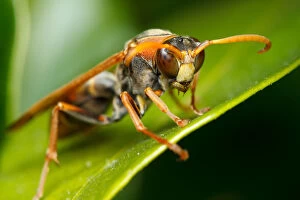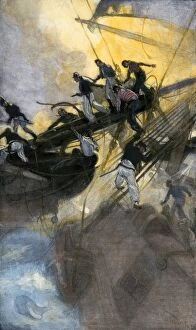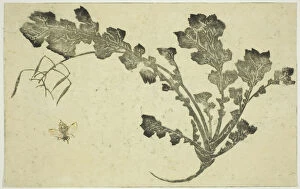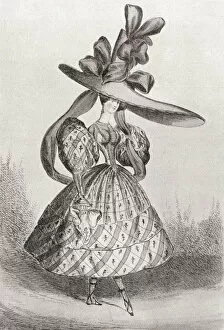Wasp Collection (#6)
"Exploring the World of Wasps
For sale as Licensed Images
Choose your image, Select your licence and Download the media
"Exploring the World of Wasps: From Royal Navy Helicopters to Fascinating Insect Interactions" Royal Navy helicopters photographed off Portland showcase their might and precision, reminding us of the incredible capabilities these machines possess. Bonzo's Latest: This Week's Studdy reveals an intriguing study on wasps, shedding light on their behavior and characteristics that continue to captivate researchers worldwide. The Wolseley Wasp takes us back in time, a classic automobile that once roamed the streets with elegance and style. Witnessing a parasitic wasp laying eggs in a hoverfly larva in the UK reminds us of nature's intricate web of life and its astonishing survival strategies. The iconic Catalina Flying Boat soars through the skies, showcasing its grace and power as it transports passengers across vast distances. Pratt & Whitney R-2800 Double Wasp radials demonstrate engineering excellence, powering aircraft with efficiency and reliability for decades. A close-up view of the Tarantula Hawk (Pepsis heros) leaves us both fascinated and awestruck by this formidable predator's beauty and strength. Two frogs sharing a greetings card moment with an insect highlights nature's harmonious coexistence between different species within our ecosystem. Marvel at the intricacy of a wasp nest captured in Picture No. 10767490 – an architectural masterpiece built by industrious insects working together for their common goal. Behold. The Common Mud-Dauber Wasp exhibits remarkable maternal instincts as she closes a cell containing her precious eggs alongside paralyzed spiders serving as nourishment for her offspring. The Pompilid Spider Wasp C018/4316 showcases its hunting prowess, leaving no doubt about its ability to capture prey efficiently while ensuring survival for itself or future generations.

